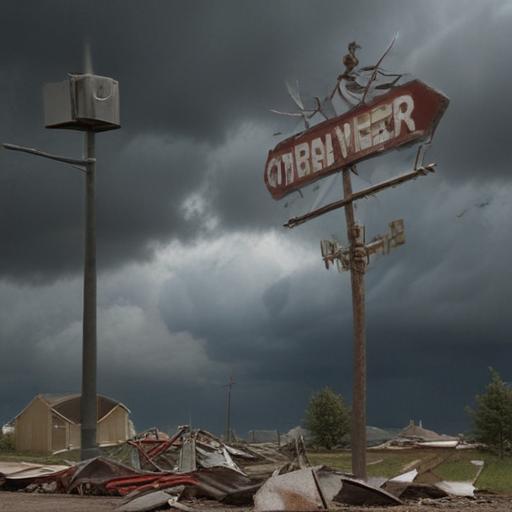On June 20, 1957, a catastrophic tornado swept through Fargo, North Dakota, and Moorhead, Minnesota, leaving a significant mark on meteorological history. The tornado’s destruction was profound, resulting in ten fatalities and 103 injuries. However, quick alerts from the National Weather Service, broadcast across local TV and radio channels, provided crucial warnings that allowed many residents to find safety before the storm struck.
This tornado gained attention not just for its destructive power but also for its historical significance in the field of meteorology. It became one of the most photographed tornadoes of its time, capturing the interest of Theodore Fujita, known as the father of tornado science. His detailed analysis of the Fargo tornado revealed that one supercell thunderstorm was responsible for spawning five separate tornadoes in the region, a phenomenon he termed “tornado families.”
Fujita’s research also led to the establishment of important terminology in meteorology, including the concept of the “wall cloud,” which is the lowered cloud base associated with supercell thunderstorms that can hint at impending tornadoes. In 1971, he introduced the Fujita scale for assessing tornado intensity based on the damage inflicted, which was later succeeded by the Enhanced Fujita (EF) scale in 2007. The Fargo tornado earned an F5 rating on this scale, marking it as one of only two F5 tornadoes recorded in North Dakota, alongside another F5 that occurred in Ft. Rice in 1953.
These advancements in tornado science highlight the importance of timely weather warnings and the ongoing evolution of meteorological studies. As severe weather continues to pose challenges, the lessons learned from historical events like the Fargo tornado reinforce the necessity of modern forecasting and safety measures, helping to save lives in the face of nature’s fury.
This event serves as a poignant reminder of how devastating weather can lead to significant advancements in public safety and meteorological knowledge, ultimately leading to the enhancement of prediction technologies that protect communities today.
